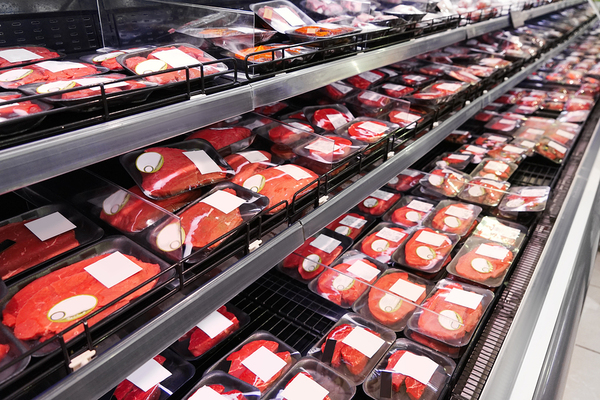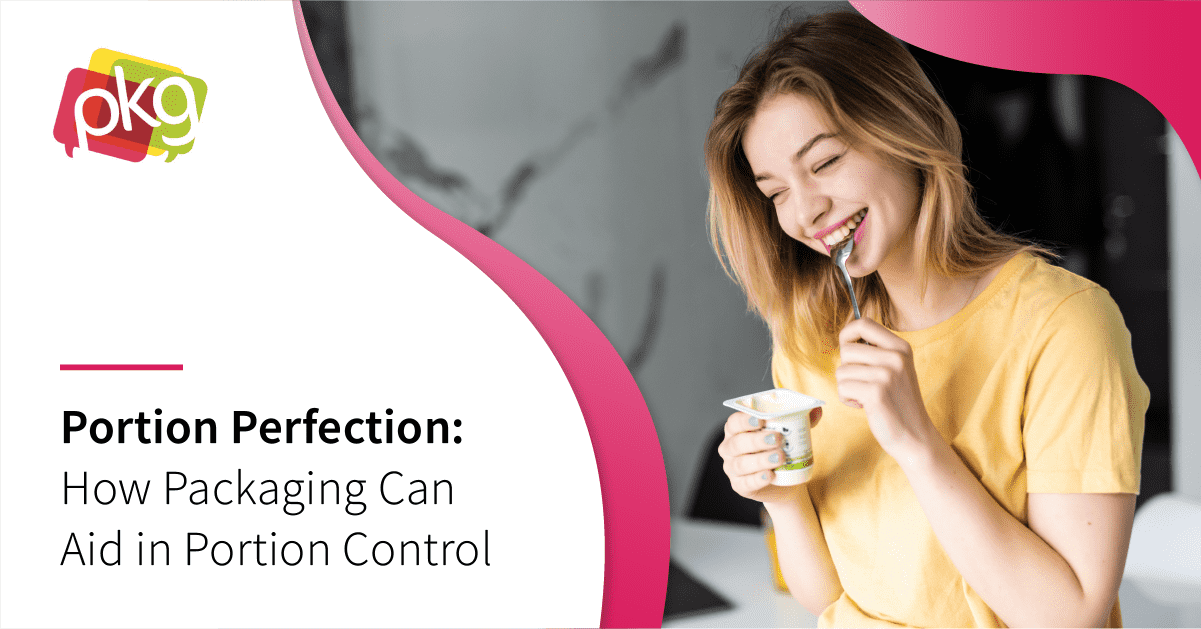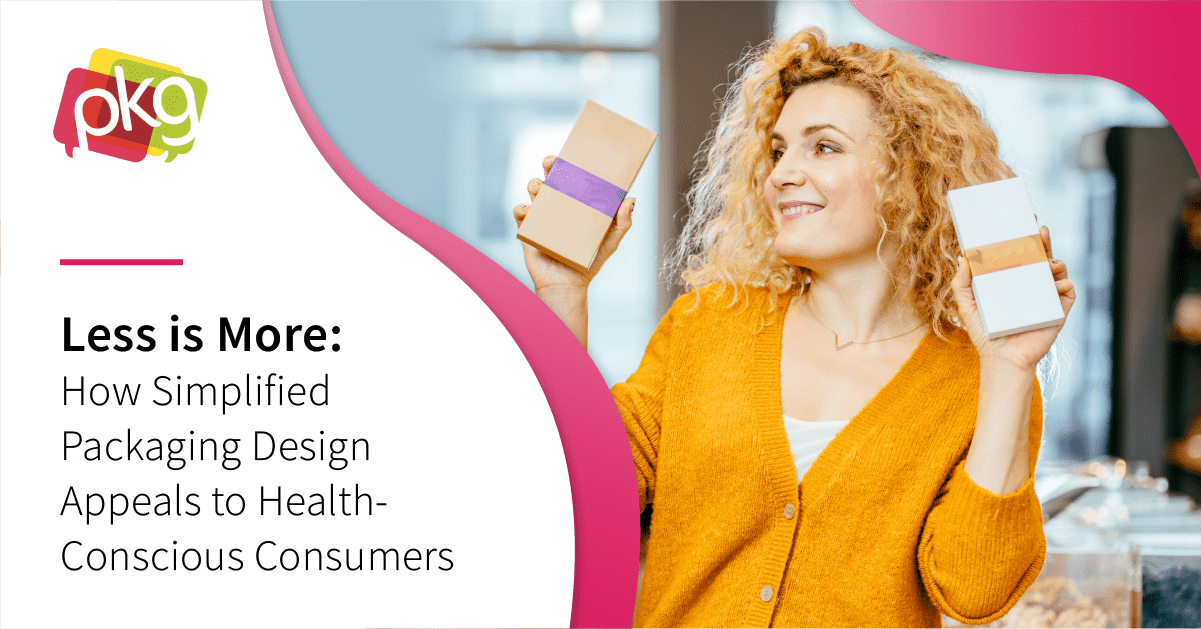The concept of “smart packaging” means different things across different industries, and within the many niches of a single industry. In other words, “smart packaging” for a dress shirt means something different than “smart packaging” for ground beef.

But the concept of smart packaging always indicates that the packaging has desirable features that are relevant to the product inside. With foods, safety is at the top of the list of conditions that must be satisfied. Besides that, however, there are many other ways food packaging designs can be “smart.” Here are five characteristics of smart packaging, whether in the food industry or otherwise.
1. It’s Functional
First and foremost, packaging must fulfill all requirements to do the job of containing the product stored within. No one would want food packaging that allowed part of the product to escape, or that allowed spoilage. Everyone expects food packaging to comply with all applicable laws and regulations, without question. Functionality is necessary for all other aspects of smart packaging to have meaning.
2. It’s Informative
Bi-metal food cans without labels are meaningless. Package labeling, like the packaging itself, has to comply with numerous regulations in the food and beverage industry. Provision of all required information is a baseline. Beyond this, smart features allow the consumer who is curious to learn more about the product, perhaps through a code that can be scanned with a smartphone, or a toll-free informational phone number.
3. It’s Enhanced
Some advanced food packaging designs offer transporters, retailers, and even consumers to recognize potential problems with a packaged unit. Special inks and other high-tech touches can alert consumers that a product is approaching its recommended “use by” date, so the product can be enjoyed in good time and is less likely to go to waste. Food packaging designs may also incorporate enhancements for convenience, such as a re-sealable zipper closure or a shape that stands upright easily.

4. It’s Easy to Use
It’s frustrating when you want a snack, but getting into the packaging is like trying to enter Mordor. Naturally, food packages must be properly sealed, but they don’t have to be exceptionally difficult to breach. Particularly for convenience and snack foods, people want easy access, perhaps through an easy tear-off top. Better still, if it’s re-sealable, they don’t have to find a separate container in which to keep leftovers, or be content with clipping it shut with a chip clip. Making packaging easy to use goes a long way with consumers.
5. It’s as Sustainable as Possible
Some types of food packaging designs are easier to make sustainable than others. People are used to recycling aluminum containers, paper, and bi-metal cans, for example. And while some plastics are easy to recycle, others, like cellophane snack bags, are not. But in cases where packaging is not amenable to recycling, consumers still want brands to do their part by avoiding over-packaging. If, for example, an outer cardboard box is unnecessary to protect the contents and a stout, self-standing bag works, then consumers prefer the simpler option, so there’s less to throw away.
Smart packaging considers the product, applicable regulations, brand aspirations, and consumer needs. What makes packaging “smart” varies from one product to the next, but in general, “smart” is about being functional, informative, easy-to-use, sustainable, and enhanced with features that make the product experience better. The more of these criteria food packaging designs fulfill, the likelier the products will be a hit with consumers. PKG Brand Design is always on the forefront of new CPG branding and packaging initiatives; please subscribe to our blog for the latest package design industry news!



-min-2.png)



